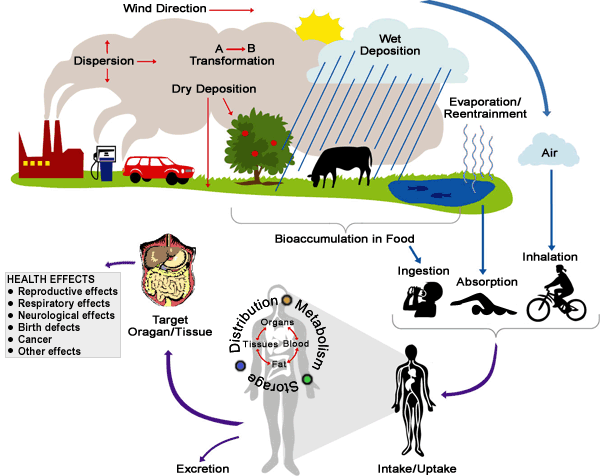Our understanding of the mechanisms of toxicity at different levels of biological organisation has not kept abreast with the overwhelming progress experienced in the development of new pesticides. While chemical companies introduced new plant protection products in the market at a staggering pace, environmental toxicology has trailed behind.
Chemical companies have moved away from producing substances that accumulate in the body of organisms (typically lipophilic substances), and are now developing hydrophilic compounds that can be easily disposed of by the animal’s metabolism. The new
pesticides are systemic, meaning they can be taken up by the plants and animals and distributed through their tissues without accumulating in any particular organ or structure (e.g. fatty tissues). This applies to herbicides as much as to fungicides and insecticides. In addition, hormone-mimicking chemicals and growth regulators specific to arthropods are replacing the traditional neurotoxic insecticides, because most of the latter products are broad-spectrum insecticides that cause numerous fatalities among applicators and wildlife alike. And yet, the environmental toxicology of most of these new compounds remains largely unexplored. We must admit that our current methods for risk assessment of chemicals are deficient and inadequate, so many are the gaps in knowledge that need to be covered. Unless we improve our ways of doing environmental toxicology, human health and environmental protection will be compromised in the future.
Source:
Sánchez-Bayo and Ortega, J Environ Anal Toxicol 2012, S:4 (attached)

- Log in to post comments
